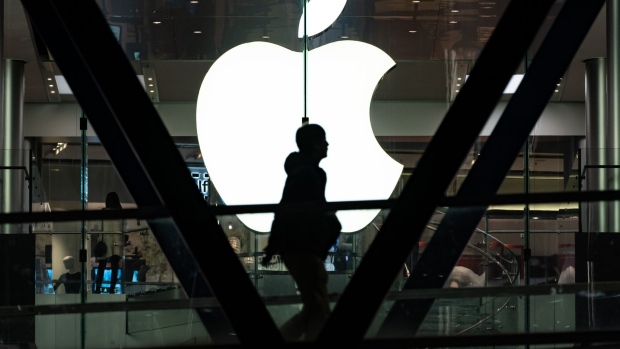Jan 30, 2020
Apple poised for new milestone as S&P 500's heavyweight champion
, Bloomberg News

Apple Inc. is about to do something that only two other companies have done since 1990: make up more than 5 per cent of the S&P 500 Index.
Entering Thursday’s trading, the iPhone maker accounted for 4.99 per cent of the index’s weighting. If it passes 5 per cent, Apple would be the first company to have that much market influence since Exxon Mobil Corp. in March 2009, according to data compiled by Bloomberg.
It’s not the first time Apple has flirted with the mark. It nearly broke through on Sept. 4, 2012. Back then it topped out at an ever-so-close 4.999 per cent of the index before seeing its stock price plunge by more than 20 per cent to end that year.
If Apple is able to cross the threshold, it might not be long before it has company. Microsoft Corp.’s weight in the S&P 500 sits at 4.86 per cent. That’s the heaviest the Redmond, Washington-based company has been in the index since the dot-com frenzy at the turn of the century. Microsoft topped the 5 per cent barrier for a single day in December 1999.
The S&P 500 is a capitalization-weighted index that gives larger companies a greater impact on its price moves. Apple and Microsoft each now have market values exceeding US$1.3 trillion after gaining about 160 per cent over the last three years, compared with the benchmark’s 40 per cent advance.
Combined, the two tech megacaps account for 9.85 per cent of the index, the highest value for any two companies since at least 1990. And lest you think this extreme concentration is just an S&P 500 issue, consider that the two now account for nearly a quarter of the Nasdaq 100 Index and 20 per cent of the entire Nasdaq Composite Index.









